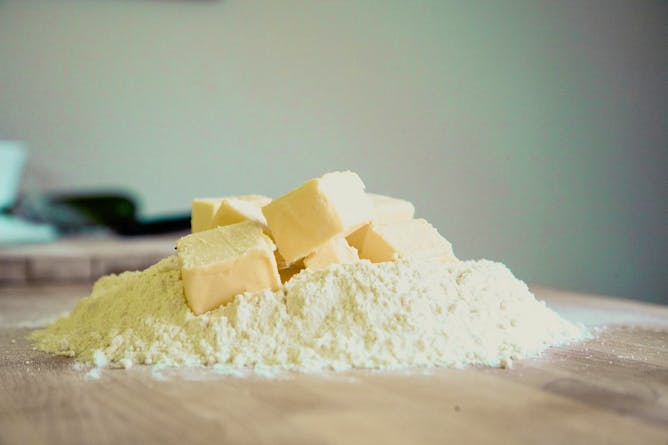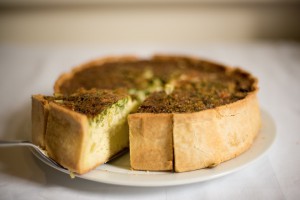Pastry: Mastering the Basics
If you caught the last episode of The Great British Bake Off (it was pastry week), you might have found yourself feeling more than a little inspired to craft a pie for tea.
For many of the bakers, pastry week is one of the most challenging – since the foodstuff can be so difficult to work with. It doesn’t matter whether you’re making shortcrust or puff, you need to knead your mixture just right to ensure it’s the right consistency. To help you master the basics of pastry-making (or shop-bought, since that can be difficult to work with, too!), we’ve put together some top tips…
For Shop-Bought Pastry…
Bring your pastry to room temperature, removing it from the fridge around half an hour before you plan to start working with it. Keep it cool as you’re handling it, too. When rolling it out, don’t add too much flour to your worktops; this will cause your pastry to dry out – and no one wants that! If you’re adding fillings to the pastry you bought from the supermarket, make sure you chill those, and always preheat the oven before cooking – getting your pastry to the right temperature is vital.
For Filo Pastry…
You need to work fast with filo pastry, as it dries out fast. This will make it brittle, so you need to handle the pastry well and quickly. Keeping the sheets of pastry slightly damp as you work with them, don’t forget to also brush each layer with melted butter or oil to avoid tearing. Don’t add too much butter, though, as this will mean the pastry sheets become too heavy.
Avoid putting too much filling in your filo parcels, and make sure you freeze any leftovers to get the most out of your homemade delights.
It’s important you don’t overwork the dough if you’re having a go at shortcrust pastry; doing so can make it tough to handle and will therefore mean a lesser product when it’s out of the oven. Using a metal tart tin to avoid a ‘soggy bottom’, your pastry can be added in one circular piece. Repair any tears before popping it in and don’t stretch your pastry.
It’s always a good idea to allow a little pastry to hang over the side; this will ensure any fillings you pop in won’t leak. Try baking your pastry blind. What does that mean, then? Well, pastry can take longer to cook than the filling, so ensure you allow a little headstart by part-baking before adding your fruit or meat.
Finally, a pie bird will allow any steam generated by the bubbling of the pastry to escape. It’s basically a funnel you add to the middle of your pie and it also has the added bonus of making sure you don’t end up with soggy pastry.
Like these tips? Don’t forget to keep an eye here on the blog for more like this.
Are you on Facebook? Come and ‘Like’ our page and get involved with the chat! We’re also on Twitter, too! And if you’re really keen to pick up some more baking tips like this, make sure you bookmark our blog.
Until next time…



